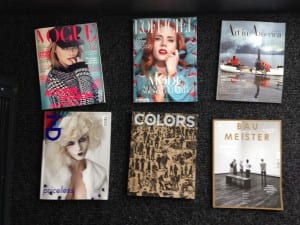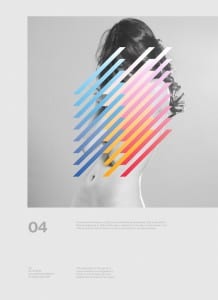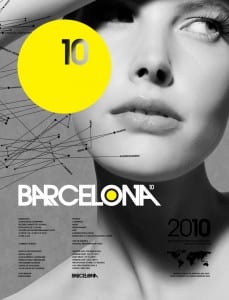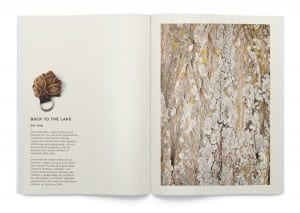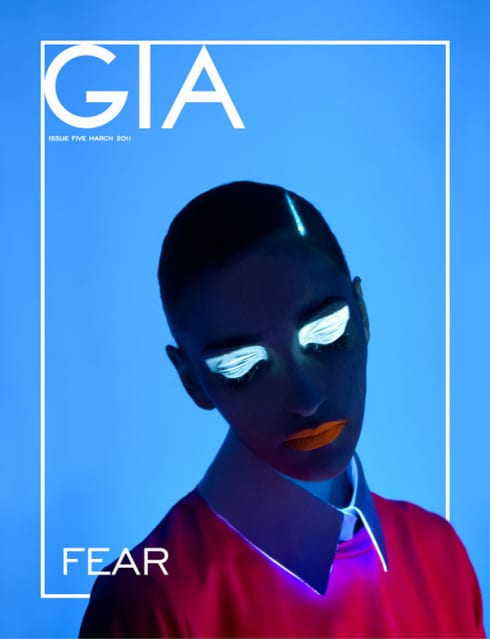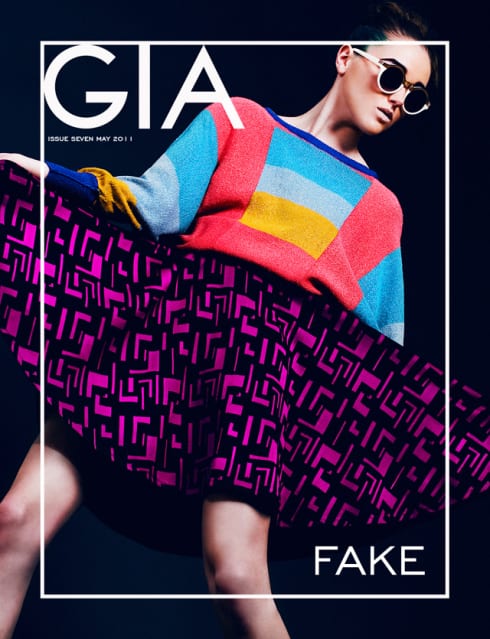For our magazine I am sorting, editing and creating the credits/contributions page. To help me do this I have looked at this section from a selection of modern, well designed magazines to see what is included and how they design it…
The Magazines I looked at were:
Vogue, L’Officiel, Art in America, I-D, Colors and Bau Meister. All credited but varied in theme, audience and design.
– Vogue –
This contributions page only uses half a page, but this is probably due to advertisements, which we aren’t including in our magazine. They have separated each section, centred the type and use of horizontal lines to create hierarchy. This design is quite conventional and simple. A method to consider, but more spaced out.
– L’Officiel –
I like how the credits are in 3 columns here, simple, but laid out well using hierarchy with bold text. In this magazine there’s also a separate page which focuses on who the contributors are, like a profile. I like this idea but need to consider if it will enhance the magazine or is an unnecessary contribution.
– Art in America –
Here the credits are placed on the same page as the contents. It’s laid out well, but we have agreed not to do this as we think it would work better to be placed on separate pages. The layout is well done and very similar to the ones previously looked at.
– I-D –
The contents page here is very simple in design, using bold type to create hierarchy, ranging left. It also includes pictures of contributors and gives you information on them, which I quite like. It also is different from the others I’ve looked at as each person is asked to contribute an answer to a question relating to this particular issue: ‘What do you collect’. Using this approach makes you more inclined to look though this page than flicking past it, which is what most of us do when we reads a magazine. I like this approach , butI think it only works if you have a question or topic in mind that fits with the magazine or issue.
– Colors –
in this magazine the credits are on the very last page at the back. I like this idea, as it’s easy to find, but I also like when magazines have it placed with the contents page, as this is where you would expect to find the credits page. Hierarchy here is done by line spacing and alternating between capital letters and lowercase. This is a simple idea. I like it but I wouldn’t want to produce a credits page quite as simple. But it shows how even subtle changes create a clear hierarchy.
– Bau Meister –
This layout is very similar to Vogue’s design. Although in comparison, Bau Meister’s looks quite wordy and harder to read. But I like how each section is separated using spacing.
Looking at these credits/contribution page designs has helped me think about how I will put this pages together, in content and design. Most stick to a conventional approach with subtle changes specific to their magazine. This is not a page to over-design or be experimental with, but just place what needs to be on the page, as this is in essence a reference page. I will consider the approaches used above when designing the credits/contributions page.
